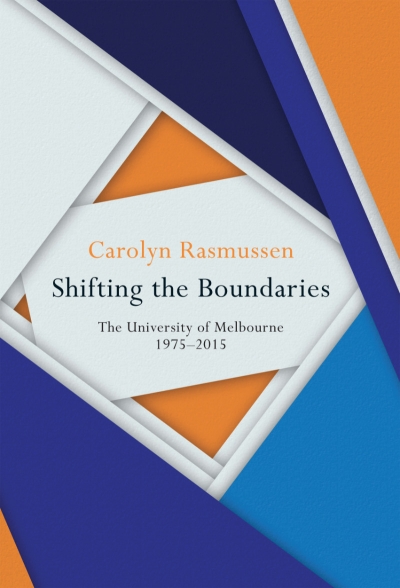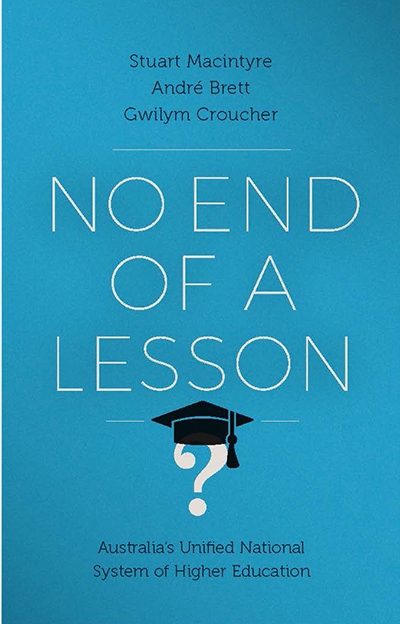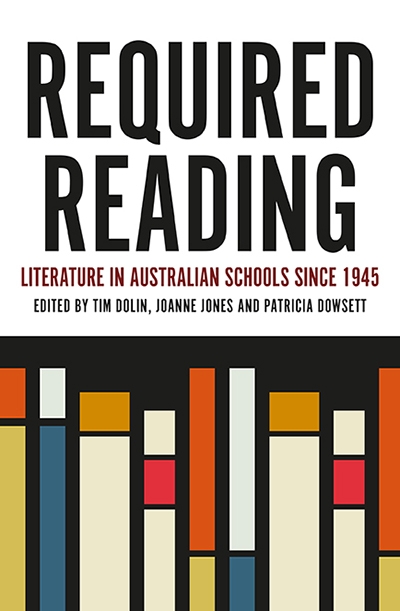Education
Australian Universities: A history of common cause by Gwilym Croucher and James Waghorne
by Peter Tregear •
Shifting the Boundaries: The University of Melbourne 1975–2015 by Carolyn Rasmussen
by Kate Murphy •
How To Be An Academic: The thesis whisperer reveals all by Inger Mewburn
by Kirk Graham •
No End of a Lesson: Australia’s unified national system of higher education by Stuart Macintyre, André Brett, and Gwilym Croucher
by Paul Giles •
Required Reading: Literature in Australian schools since 1945 edited by Tim Dolin, Joanne Jones, and Patricia Dowsett
by Ilana Snyder •
A History of the Modern Australian University by Hannah Forsyth
by Colin Steele •
Queen's College the University of Melbourne: A pictorial history 1887–2012 edited by Jennifer Bars, Sophia T. Pavlovski-Ross, and David T. Runia
by Wilfrid Prest •
English as a Vocation: The Scrutiny movement by Christopher Hilliard
by Alexander Howard •










